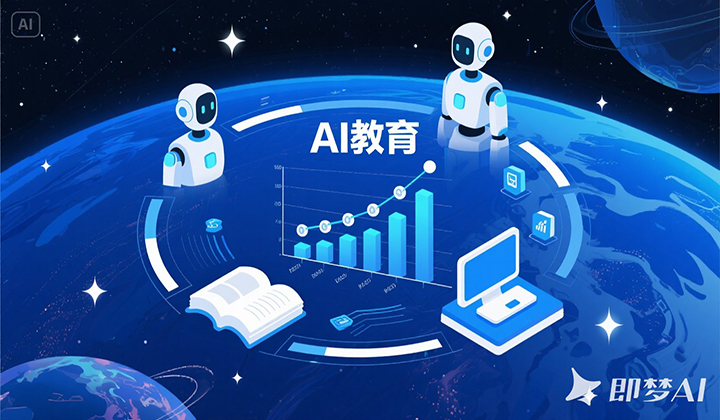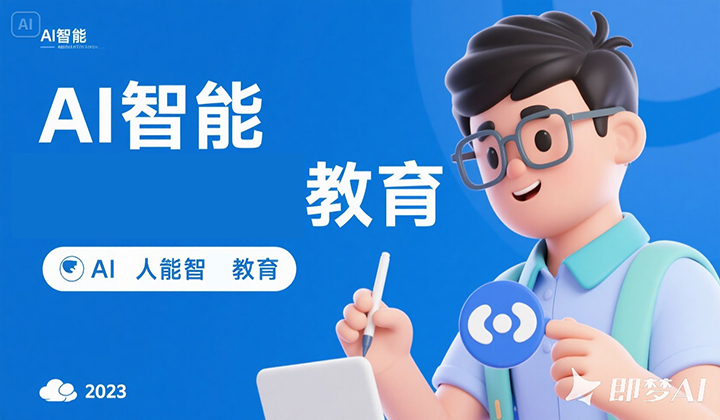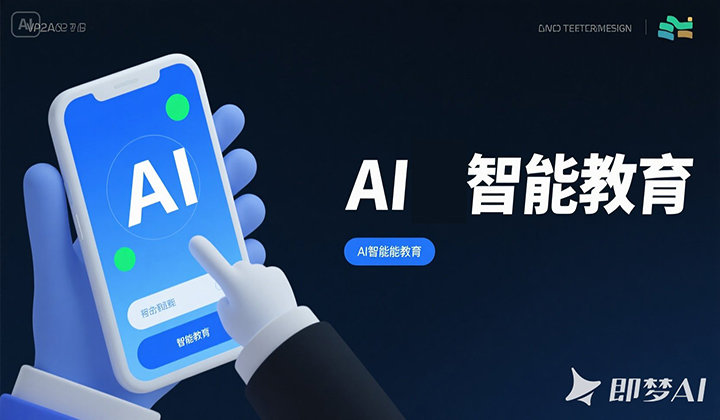Scenario-based AI Solutions: Customized Intelligence Empowering New Industry Development
In the rapid wave of technological evolution, artificial intelligence (AI) undoubtedly shines as the brightest star. The cutting-edge technologies of AI are constantly breaking new ground and innovating, transforming our world at an unprecedented pace and depth. They have become the pioneering forces driving the development of various industries and leading the intelligent revolution.
Multimodal large models are a significant representation of cutting-edge AI technologies. Traditional AI models often can only process a single type of data, such as text or images. In contrast, multimodal large models can integrate multiple data forms, including text, images, audio, and video, enabling more comprehensive and in-depth understanding and analysis. Multimodal large models represented by ChatGPT-4 can not only understand complex language instructions but also conduct reasoning and creation by combining image information. Imagine describing the theme and style of a painting to the model. It can not only generate corresponding text descriptions but also create an image that meets the requirements based on the description. This cross-modal interaction ability has opened up 全新的 possibilities for fields such as content creation, education, and design. In the field of education, multimodal large models can present abstract knowledge in a combination of text, images, and animations, helping students understand learning content more intuitively and improving learning effectiveness.
Reinforcement learning is also a key area of cutting-edge AI technologies. It allows intelligent agents to continuously experiment in the environment, receive feedback, and adjust their strategies to maximize long-term goals. In the field of autonomous driving, reinforcement learning algorithms enable vehicles to continuously learn the optimal driving strategies in complex traffic environments. They can make safe and efficient decisions based on road conditions, traffic rules, and the behaviors of other vehicles. In the gaming field, reinforcement learning endows AI game characters with powerful learning and adaptation capabilities. They can continuously optimize their strategies during confrontations with human players or other AI characters, evolving from novices to masters, thus bringing more challenging and interesting gaming experiences to players.
Generative Adversarial Networks (GANs) are also an important part of cutting-edge AI technologies. GANs consist of two components: a generator and a discriminator. The generator is responsible for generating data, while the discriminator determines whether the data is real or generated. Through continuous confrontation and optimization between the two, GANs can generate highly realistic images, videos, audio, and other content. In film and television production, GANs can be used to create realistic special effects scenes, reducing shooting costs and time. In the field of art creation, artists can use GANs to generate inspiration and create unique artworks. Some fashion designers have even used GANs to design highly creative clothing styles, demonstrating the infinite potential of AI in the creative field.
The applications of cutting-edge AI technologies are not limited to the above fields; they also play a huge role in industries such as healthcare, finance, and manufacturing. In healthcare, AI-assisted diagnosis technologies can analyze a large number of medical images and medical records, helping doctors diagnose diseases more accurately and improving diagnostic efficiency. In the financial sector, AI can be used for risk assessment and investment decision-making, providing more scientific decision-making bases for financial institutions and investors. In the manufacturing industry, AI-driven intelligent robots and automated production lines have increased production efficiency, improved product quality, and reduced labor costs.
However, the development of cutting-edge AI technologies also faces numerous challenges. On the one hand, data privacy and security issues have become increasingly severe. A large amount of personal data and sensitive information are collected and processed during AI model training and application. If the data is leaked or misused, it will cause serious harm to individuals and society. On the other hand, the interpretability of AI algorithms is an urgent problem to be solved. Complex AI models often act like a "black box," making it difficult for people to understand their decision-making processes and bases. This may trigger trust crises in some critical fields, such as medical diagnosis and judicial trials. In addition, the development of AI technology may lead to unemployment among certain groups, exacerbate social inequality, and bring about a series of social and ethical issues.
Looking to the future, with continuous technological progress and improvement, cutting-edge AI technologies will become more intelligent and human-centered. Scientists are striving to overcome challenges such as data privacy and algorithm interpretability while exploring the deep integration of AI with other technologies, such as quantum computing and the Internet of Things, to create more powerful and practical AI applications. Cutting-edge AI technologies will continue to lead the intelligent revolution, bringing more surprises and benefits to human society and driving us towards a more intelligent, convenient, and better future.














